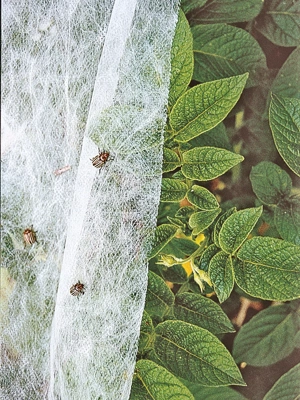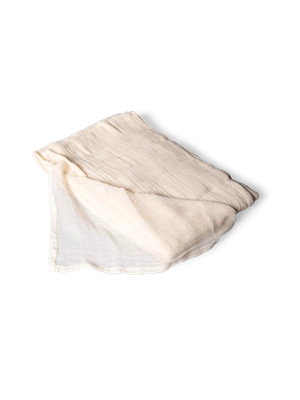Cabbageworm
 Cabbage worm Photo: Brian Bennett
Cabbage worm Photo: Brian BennettLarge, ragged holes in the leaves of cabbage, broccoli, Brussels sprouts, collards, kale, or cauliflower plants are a sign that cabbageworms may have invaded your garden. The green caterpillars may also bore into the heads of these crops, leaving behind their dark green frass (droppings). Cabbage loopers cause similar damage. Plants can tolerate a moderate amount of damage without reduction in yield.
The cabbageworm is the larval form of a small white butterfly (Pieris rapae) that has three to four black spots on its wings. The butterfly lays white eggs on the underside of leaves; eggs hatch within a week and the larvae feed for approximately two weeks. The larvae pupate in silken cocoons attached to the lower leaves. There are several generations per year, and they are found throughout North America.
Prevention and control
- Cover susceptible crops with garden fabric in early spring as a barrier to the egg-laying moths.
- If plants are not covered, inspect them frequently. Crush the eggs; handpick the cabbageworms and drop them into a pail of soapy water.
- Encourage native beneficial insects, such as parasitic wasps, that prey on caterpillars.
- Remove plant debris from the garden in fall to minimize opportunities for the pest to overwinter.
Last updated: 03/15/2024
Print this Article:
Related items
Get the Dirt
Stay up to date on new articles and advice. Please fill out the information below.




